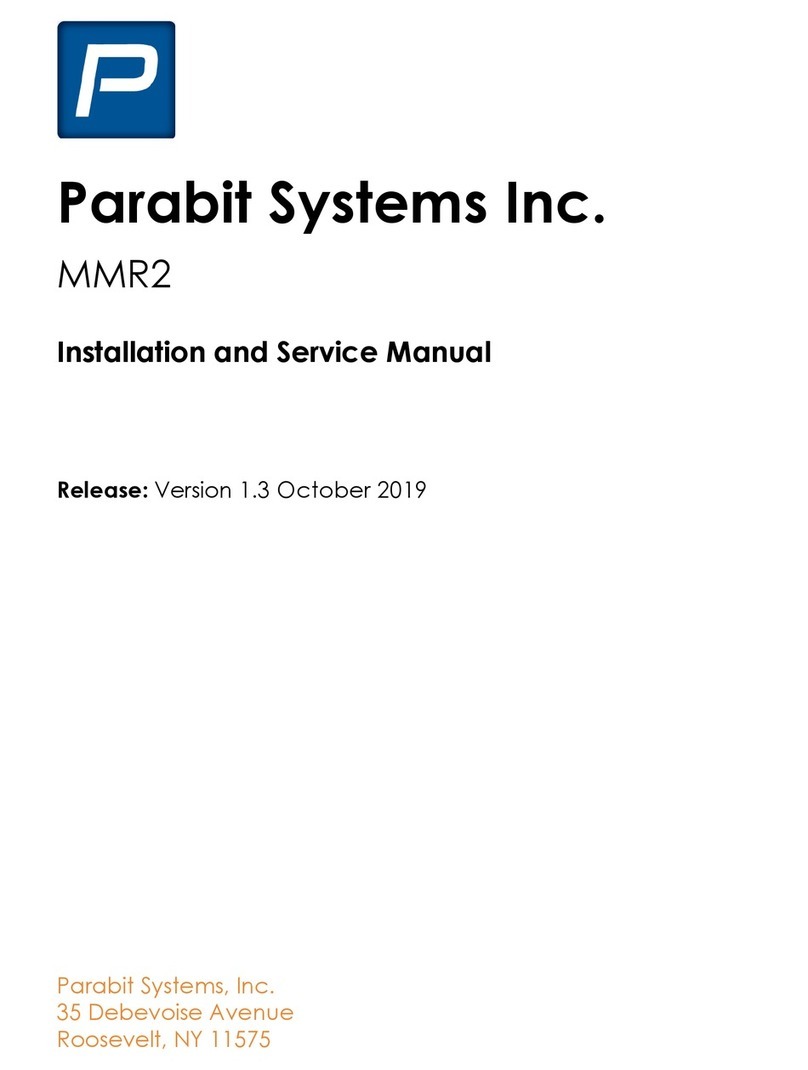
ACS Enterprise Software User’s Guide
i
Table of Contents
Preface
Intended Audience ............................................................................................................................................1
Trademark Acknowledgments ..........................................................................................................................1
How to Use this Guide.........................................................................................................................................1
Conventions Used in this Guide.........................................................................................................................1
Navigating this Manual as a PDF.......................................................................................................................2
Contact Us ...........................................................................................................................................................2
Chapter 1 Overview and Pre-installation
System Overview .................................................................................................................................................3
Pre-installation Requirements.............................................................................................................................5
Chapter 2 Alerts
Alerts Overview....................................................................................................................................................7
Card Reader Alerts .............................................................................................................................................7
Sensor Device Alerts............................................................................................................................................8
Suspect Card Alerts (Optional)..........................................................................................................................8
Activating the Suspect Card function........................................................................................................8
Controller Box Tamper Alert ...............................................................................................................................8
Door Override Input Alert (Optional) ................................................................................................................9
Chapter 3 ACS-1E and ACS-1EUL Installation
Controller Box Installation.................................................................................................................................11
Secure Controller Location ........................................................................................................................11
Secure Power Source..................................................................................................................................11
200-240 VAC Power Locations.............................................................................................................12
Mounting the Controller Box and Routing Wires......................................................................................12
Additional Wiring Suggestions....................................................................................................................13
Mounting on Hollow Walls & controllers..............................................................................................13
Mounting on Solid Walls........................................................................................................................13
Card Reader Installation ..................................................................................................................................13
IMSR with SkimGardTM Technology ..........................................................................................................13
MMR and MMR-BT .......................................................................................................................................15
MMR Power Booster Module Installation (ACS-1E ONLY) .................................................................15
IMSR, MMR and MMR-BT Install Diagrams.................................................................................................17
Electrical Installation .........................................................................................................................................20
ACS-1E and ACS-1EUL Wiring.....................................................................................................................20
Wiring the Card Readers and Basic Input Devices ...........................................................................20
ACS-1E Card Reader and Input Device Wiring .................................................................................22
ACS-1EUL Card Reader and Input Device Wiring .............................................................................24
Wiring the Optional I/O Board Inputs..................................................................................................26




























